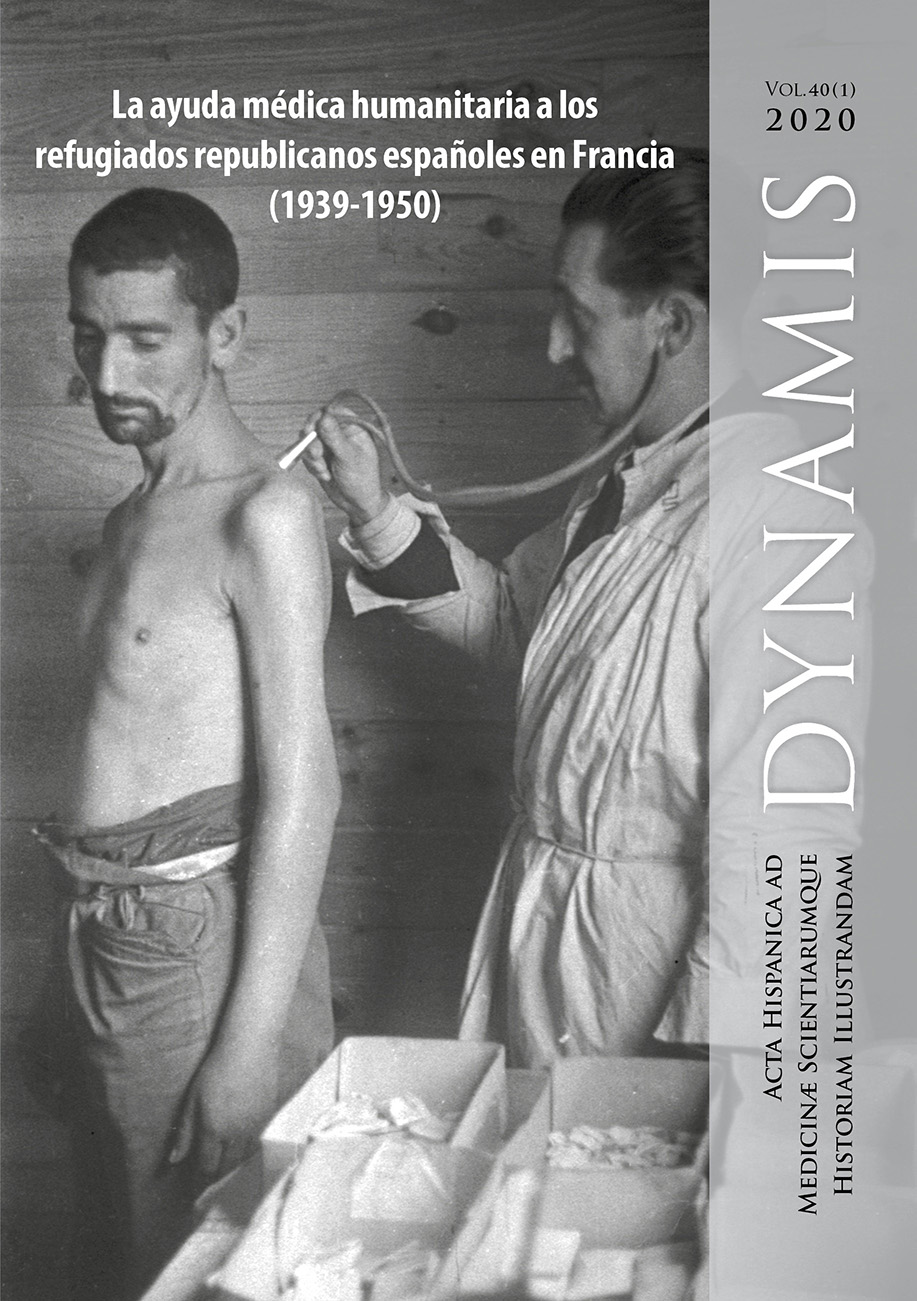Francesc Darder and the start of veterinary science for small and exoctic animals in Barcelona at the end of the 19th century
DOI:
https://doi.org/10.30827/dynamis.v40i1.15664Keywords:
veterinary medicine, veterinary history, veterinary sociology, pets, exotic animalsAbstract
This investigation centers on the clinical approach to small animals of the veterinarian Francesc Darder (1851-1918) in Barcelona in the 1880s. An analysis is conducted of the social, economic, and ideological factors that led a growing sector of the population to share their domestic space with beings whose sole purpose was to provide them with pleasure or company. This transformation generated a demand for the specialist care of a type of clientele unheard of by veterinarians at the time. Darder, well-known for his commercial activity as an intermediary in the buying and selling of animals, knew how to meet this demand by working as a highly astute clinician with pets and other small animals. The present study focuses on his pioneering medical-sanitary achievements in the terrain of ideas and in practice, with his incorporation of novel scientific methodologies and techniques, such as microscopy, which he brought together into a specific space that he called a laboratory. No equivalent to the professional practice initiated by Darder emerged in Spain until the end of the 19th century. It was an idea that could scarcely be envisaged, and there was nothing to indicate that pets and microscopes would become two archetypal elements associated with the figure of the veterinarian two centuries later.Downloads
Download data is not yet available.
Downloads
Published
2020-07-01
How to Cite
Zaragoza Bernal, J. M. (2020). Francesc Darder and the start of veterinary science for small and exoctic animals in Barcelona at the end of the 19th century. Dynamis, 40(1), 147–168. https://doi.org/10.30827/dynamis.v40i1.15664
Issue
Section
Artículos
License
Dynamis se encuentra adherida a una licencia Creative Commons Reconocimiento (by), la cual permite cualquier explotación de la obra, incluyendo una finalidad comercial, así como la creación de obras derivadas, la distribución de las cuales también está permitida sin ninguna restricción.

















